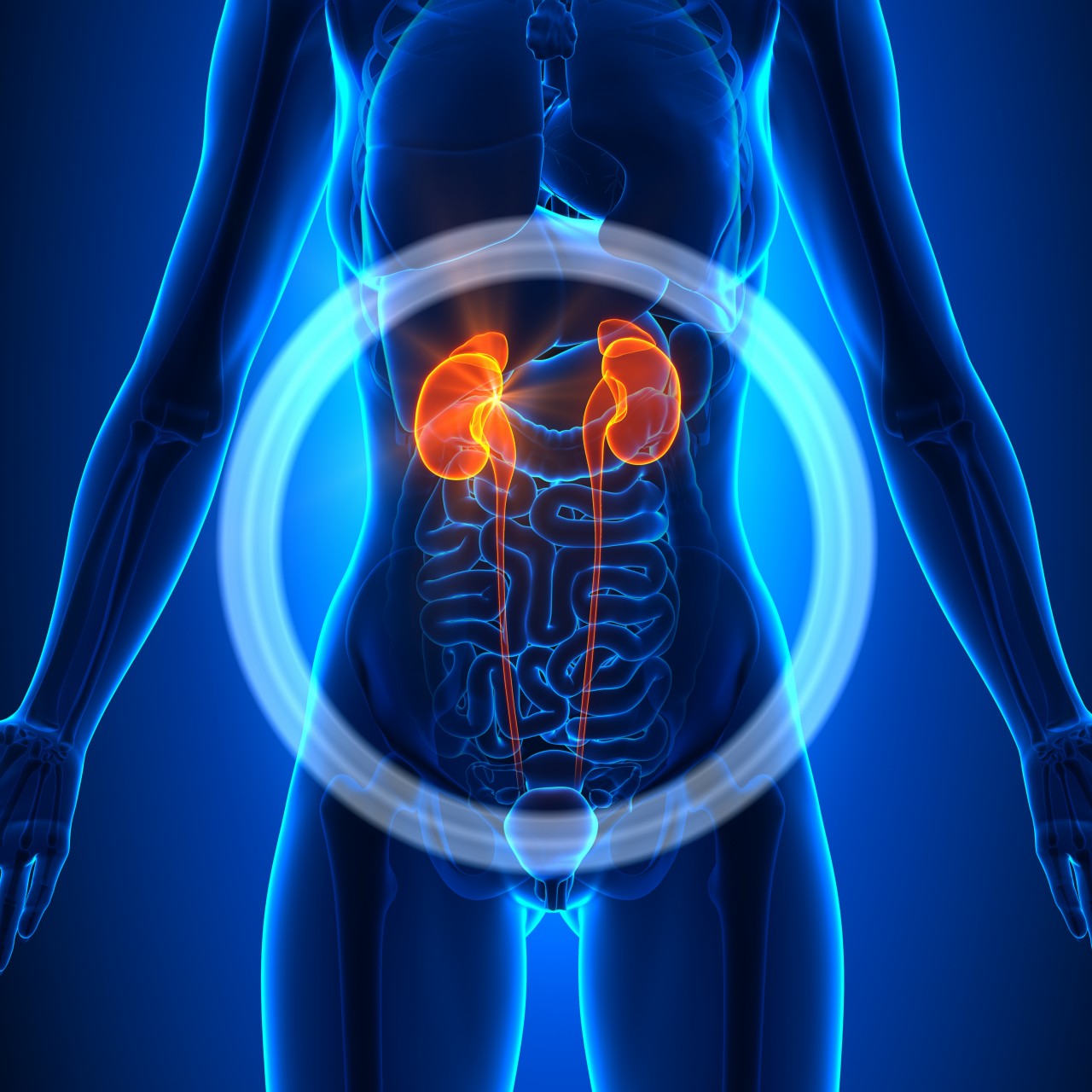A recent analysis by UC San Francisco researchers found that the prevalence of chronic kidney disease (CKD) among Americans has not increased since the early 2000s. The findings indicate that medical interventions for controlling high blood pressure and diabetes — risk factors for CKD — are effective.
The study, “Trends in Prevalence of Chronic Kidney Disease in the United States,” is published in the Annals of Internal Medicine.
“We’re making a dent in the fight against CKD,” Neil Powe, MD, MPH, MBA, the study’s principal investigator and a professor of medicine at UCSF, who also heads the Chronic Kidney Disease Surveillance System for the Centers for Disease Control and Prevention (CDC), said in a recent news release.
Chronic kidney disease (CKD) is progressive loss in kidney function over time. Its symptoms are not specific, and might include feeling generally unwell or experiencing reduced appetite. Often, chronic kidney disease is diagnosed as a result of screening people known to be at risk of kidney problems, such as those with high blood pressure or diabetes and those with a blood relative with CKD.
If untreated, CKD can progress to kidney failure or to end-stage renal disease (ESRD), where patients need dialysis or a kidney transplant.
UC San Francisco researchers used data from the National Health and Nutrition Examination Survey (NHANES), collected between 1988 and 2012 on stage 3 and 4 CKD, defined as an estimated glomerular filtration rate (eGFR) of 15 to 59 mL/min/1.73 m2, using the Chronic Kidney Disease Epidemiology Collaboration equation from calibrated serum creatinine measurements. An expanded definition of CKD also included people with an eGFR of at least 60 mL/min/1.73 m2 and a 1-time urine albumin–creatinine ratio of at least 30 mg/g.
Results revealed that since the 2003–04 survey, CKD prevalence was holding steady at around 7 percent of the U.S. population.
“When you’re trying to decrease ESRD, the first thing you want to do is decrease the prevalence of earlier stages of the disease,” Powe said. “This reversal of the trend of rising CKD rates should ultimately mean less end-stage renal failure. That’s our hope.”
There was little overall difference in the prevalence of stage 3 and 4 CKD in 2003–04 versus 2011–12 after age, sex, race or ethnicity, and diabetes mellitus status were considered. African-Americans were the only group to see an increased prevalence of CKD: 3.7 percent of stage 3-4 CKD from 1988–94 to 6.2 percent in 2011–12.
“This is the group with the highest risk of developing end-stage kidney disease, and needing to have dialysis or a transplant,” he said. “African Americans have two to three times the risk of developing end-stage kidney failure than any other racial or ethnic group.”
Powe noted that treatments targeting high blood pressure and diabetes for African-Americans with CKD should be intensified. The number of ESRD cases per million of Americans decreased from 386 in 2003 to 351 in 2013.
Among all Americans, there was an increase in the prevalence of stages 3-4 CKD from 4.8 percent in 1988–94 to 6.9 precent in 2003–04.
Women had a slightly higher rate of kidney disease than men during these years: among them, incidence of the disease rose from 5.6 percent in 1988–94 to 8.1 percent in 2003–04, and to 7.8 percent in 2011–12, compared to men’s average of 4.1 percent, 5.7 percent, and 5.9 percent, respectively.
When the investigators included people close to the defined eGFR level in their analysis, they found the same steady rate of change. Americans older than 65 years had a higher CKD prevalence, but after the early 2000s, the rates plateaued for all age groups.
“It is rather remarkable that, despite the aging of the U.S. population, and the fact that there are more people with obesity and diabetes, the prevalence of chronic kidney disease seems to have stabilized over the most recent decade,” said Chi-yuan Hsu, MD, professor of medicine at UCSF and a senior study author. “To me, this strongly suggests that medical interventions we have developed to retard development and progression of CKD are effective. This shows the importance of getting all eligible patients into proper treatment for their conditions.”
CKD, which impacts the kidneys’ ability to filter wastes and excess fluids, affects about 20 million people in the US. More than 20 percent of the country’s Medicare financial plan is dedicated to treating patients with CKD and ESRD. Trends in the prevalence of CKD are important for healthcare policy and planning.

